Optimal Timing for Vinyl Skirting Installation
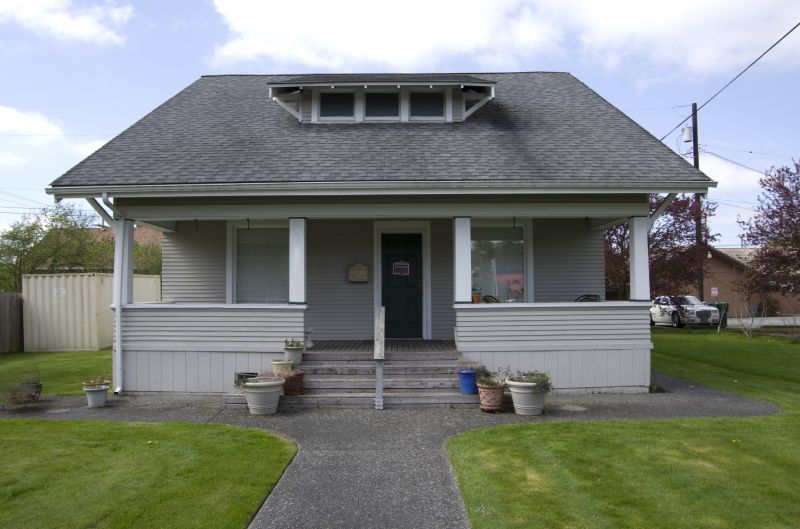
Spring offers moderate temperatures and lower humidity, ideal for vinyl skirting installation.

Warm weather ensures proper adhesion and curing of materials, making summer suitable for installation.

Fall provides cooler temperatures and less rainfall, which can facilitate a smooth installation process.
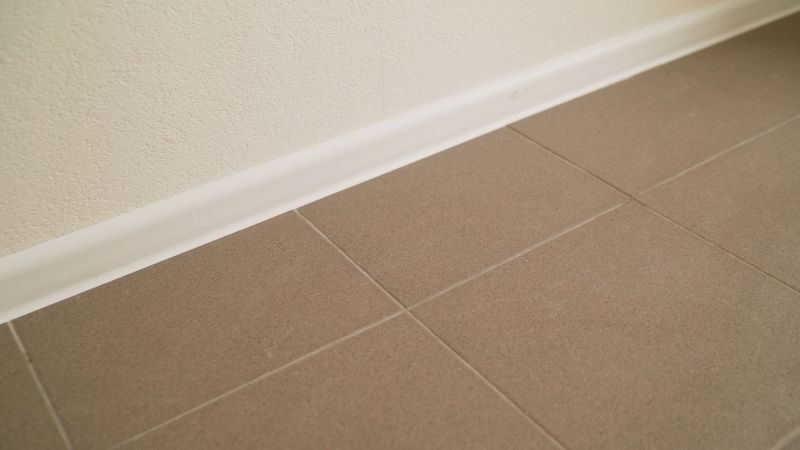
Ways to make Vinyl Skirting Installations work in tight or awkward layouts.

Popular materials for Vinyl Skirting Installations and why they hold up over time.

Simple add-ons that improve Vinyl Skirting Installations without blowing the budget.

High-end options that actually feel worth it for Vinyl Skirting Installations.

Finishes and colors that play nicely with Vinyl Skirting Installations.
Vinyl skirting installations are typically performed during seasons with stable weather conditions. Temperature and humidity levels significantly impact the quality and durability of the installation. Optimal conditions usually include temperatures between 50°F and 85°F and low humidity levels, reducing the risk of warping or improper adhesion.
Scheduling installations during favorable weather windows minimizes delays and ensures the longevity of the vinyl skirting. It is advisable to avoid periods of heavy rain, extreme cold, or intense heat, which can compromise the installation process and the material's performance.
Vinyl maintains its structural integrity best within moderate temperature ranges, avoiding extreme cold or heat.
Unpredictable weather can cause delays and affect the quality of the installation, making planning important.
Proper site preparation and weather monitoring can help determine the best window for installation.
Scheduling during less busy seasons can lead to more flexible timing and potentially better service.
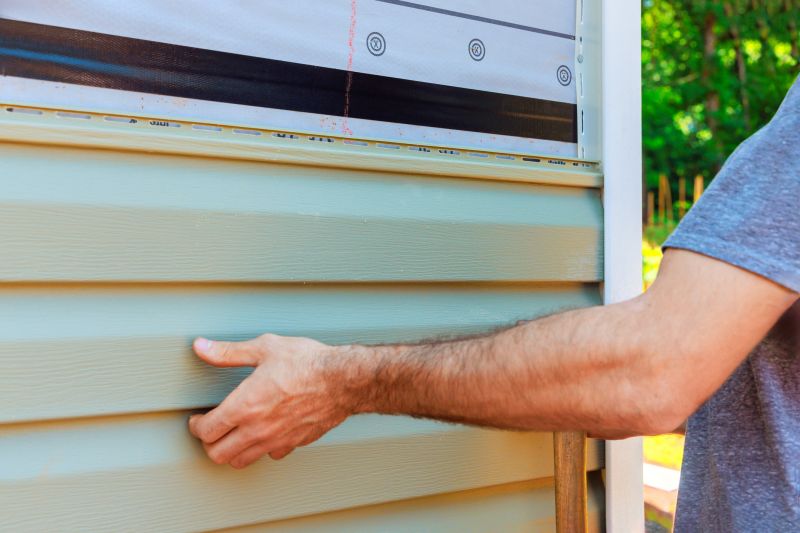
Spring offers ideal conditions with moderate temperatures and less humidity.

Summer provides warm weather, ensuring proper installation conditions.
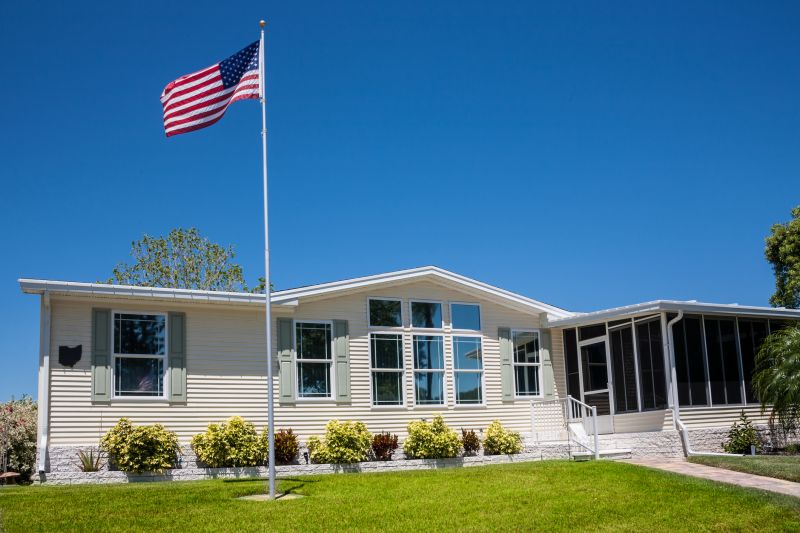
Fall's cooler temperatures and dry weather support quality installation.

Winter is generally less suitable due to cold temperatures and potential for snow or ice.

Little measurements that prevent headaches on Vinyl Skirting Installations day.
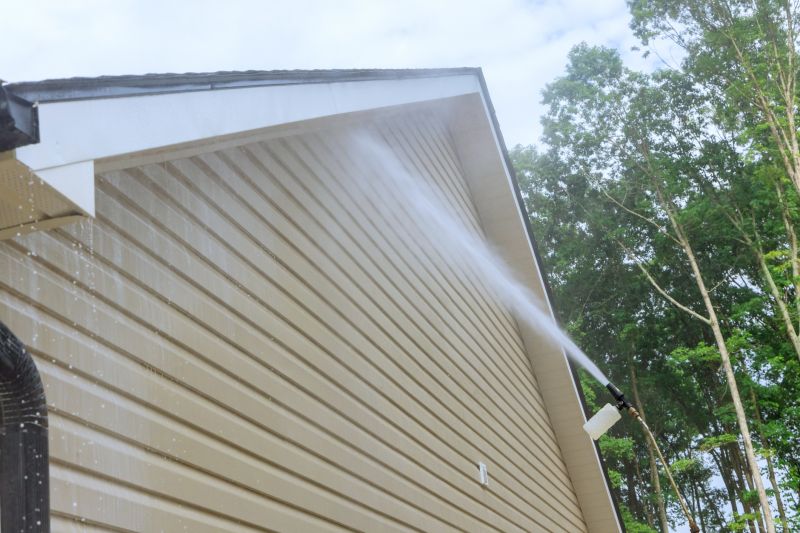
A 60-second routine that keeps Vinyl Skirting Installations looking new.

A frequent mistake in Vinyl Skirting Installations and how to dodge it.
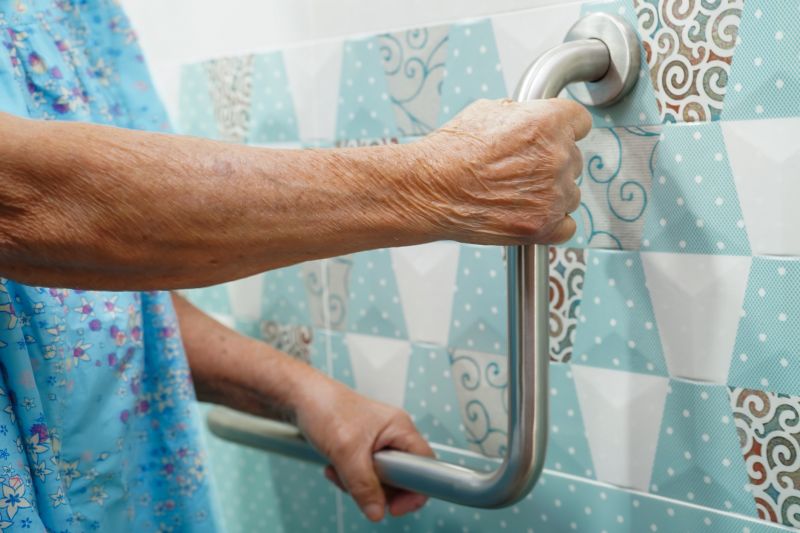
Small tweaks to make Vinyl Skirting Installations safer and easier to use.
| Season | Ideal Conditions |
|---|---|
| Spring | Temperatures 50-70°F, low humidity, dry weather |
| Summer | Warm temperatures 70-85°F, dry conditions |
| Fall | Cooler temperatures, dry weather, moderate humidity |
| Winter | Cold temperatures below 50°F, potential snow or ice |
Choosing the right time for vinyl skirting installation maximizes durability and minimizes issues related to weather. Proper planning and consideration of seasonal conditions are essential for achieving the best results and ensuring the longevity of the installation.
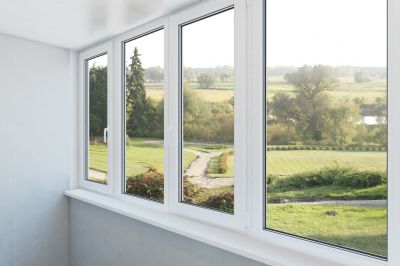
Optimal conditions with mild temperatures and low humidity.

Ideal for warm, dry weather ensuring proper adhesion.

Suitable due to cooler, dry conditions.
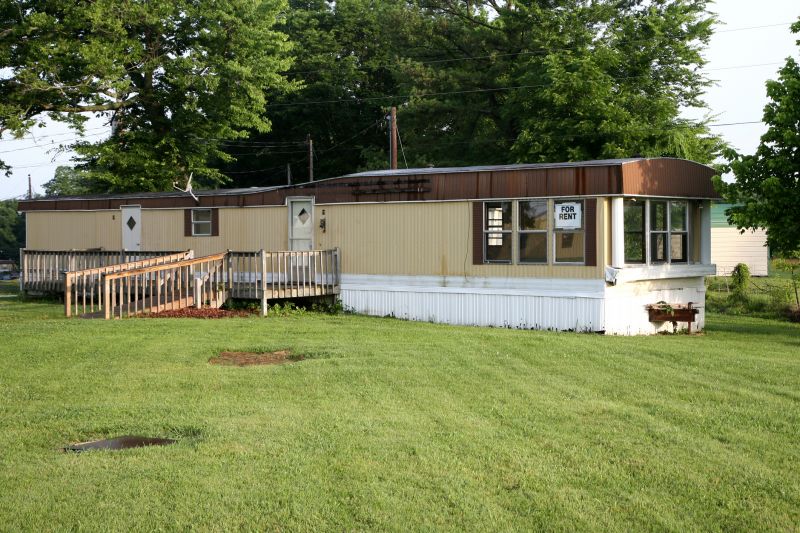
Less recommended due to cold and potential weather disruptions.
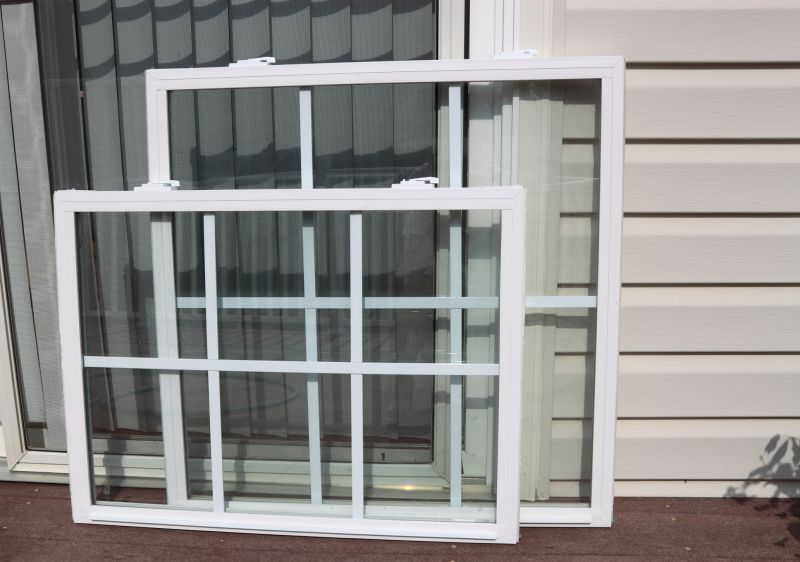
Examples that show the impact a good Vinyl Skirting Installations can make.

Ways to make Vinyl Skirting Installations work in tight or awkward layouts.
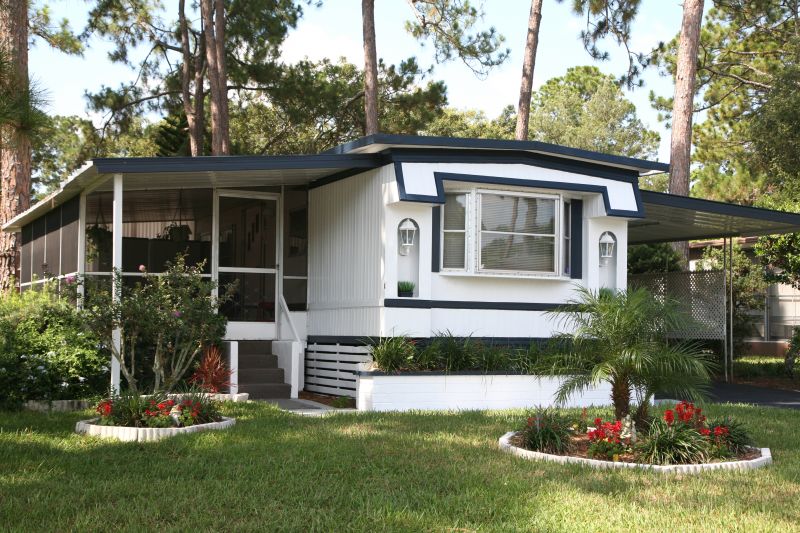
Ways to make Vinyl Skirting Installations work in tight or awkward layouts.

Ways to make Vinyl Skirting Installations work in tight or awkward layouts.
Interested parties are encouraged to contact for scheduling and further information on optimal installation timing. Proper planning ensures a smooth process and lasting results for vinyl skirting projects.
